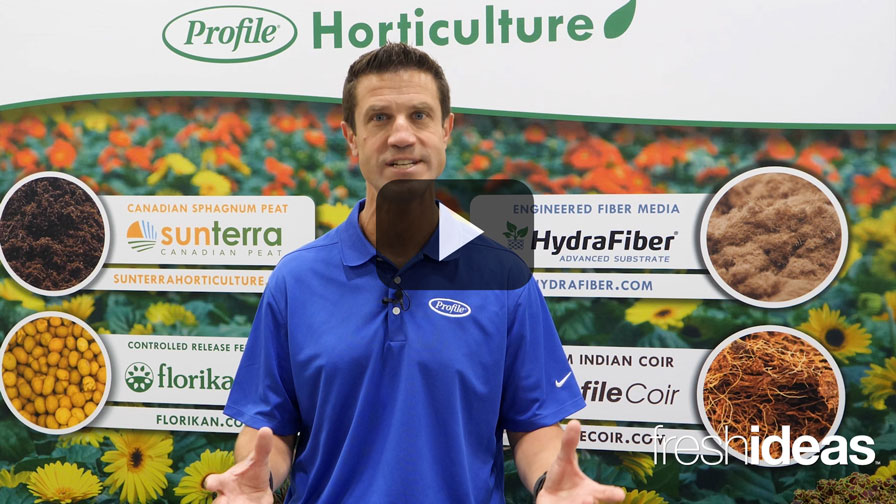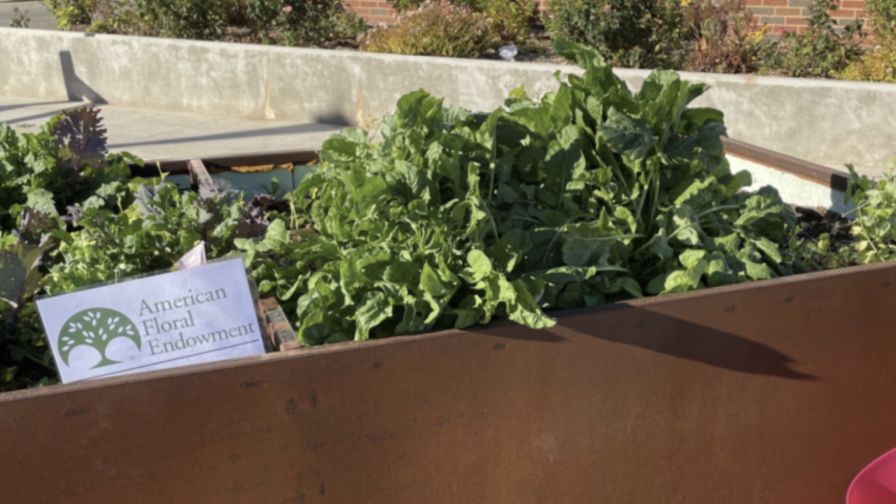Studies Offer Conflicting Views On Neonic Effect On Bee Health
 The effects of neonicotinoids on the health of pollinators has been a common topic of research and discussion in recent years. This past week, reports from two recent studies offer somewhat conflicting studies.
The effects of neonicotinoids on the health of pollinators has been a common topic of research and discussion in recent years. This past week, reports from two recent studies offer somewhat conflicting studies.
The first comes from a team of Washington State University (WSU) entomologists who studied apiaries in urban, rural, and agricultural areas in Washington state, looking at potential honey bee colony exposure to neonicotinoid insecticides from pollen foraging. The results were published in the Journal of Economic Entomology this spring.
The study indicates that, while neonicotinoids can indeed harm honey bees, the substances pose little risk to bees in real-world settings. After calculating the risk based on a “dietary no observable adverse effect concentration” — the highest experimental point before there is an adverse effect on a species — of five parts per billion, the results suggest low potential for neonicotinoids to harm bee behavior or colony health.
“Calculating risk, which is the likelihood that bad things will happen to a species based on a specific hazard or dose, is very different from calculating hazard, which is the potential to cause harm under a specific set of circumstances,” says Allan Felsot, WSU Tri-Cities Professor of Entomology and Environmental Toxicology and co-author of the study, along with Timothy Lawrence, Assistant Professor and Director of WSU Island County Extension.
“Most of what has dominated the literature recently regarding neonicotinoids and honey bees has been hazard identification,” he says. “But hazardous exposures are not likely to occur in a real-life setting.”
Research Across The Pond
Meanwhile, researchers with Nature Communications found that wild bees were three times more likely to die when exposed to plants containing neonicotinoids.
The Nature study looked at 62 species of bees over 18 years — and the effects of neonicotinoids in oilseed rape crops on wild bees in England.
Staff Research Associate, Bernardo Niño, who works with the Harry H. Laidlaw, Jr. Honeybee Research Facility at the University of California, Davis, says that “Wild bees and just general pollinators have been in global decline for a while now.”
The Honeybee Research Facility is working to understand the effects of natural and man-made chemicals on bees.
According to the study’s abstract, “wild bee declines have been ascribed in part to neonicotinoid insecticides. While short-term laboratory studies on commercially bred species (principally honey bees and bumblebees) have identified sub-lethal effects, there is no strong evidence linking these insecticides to losses of the majority of wild bee species. We relate 18 years of national wild bee distribution data for 62 species to amounts of neonicotinoid use in oilseed rape. Using a multi-species dynamic Bayesian occupancy analysis, we find evidence of increased population extinction rates in response to neonicotinoid seed treatment use on oilseed rape. Species foraging on oilseed rape benefit from the cover of this crop, but were on average three times more negatively affected by exposure to neonicotinoids than non-crop foragers. Our results suggest that sub-lethal effects of neonicotinoids could scale up to cause losses of bee biodiversity. Restrictions on neonicotinoid use may reduce population declines.”
Watch for more information on these studies on GreenhouseGrower.com. What are your thoughts? Weigh in below.









